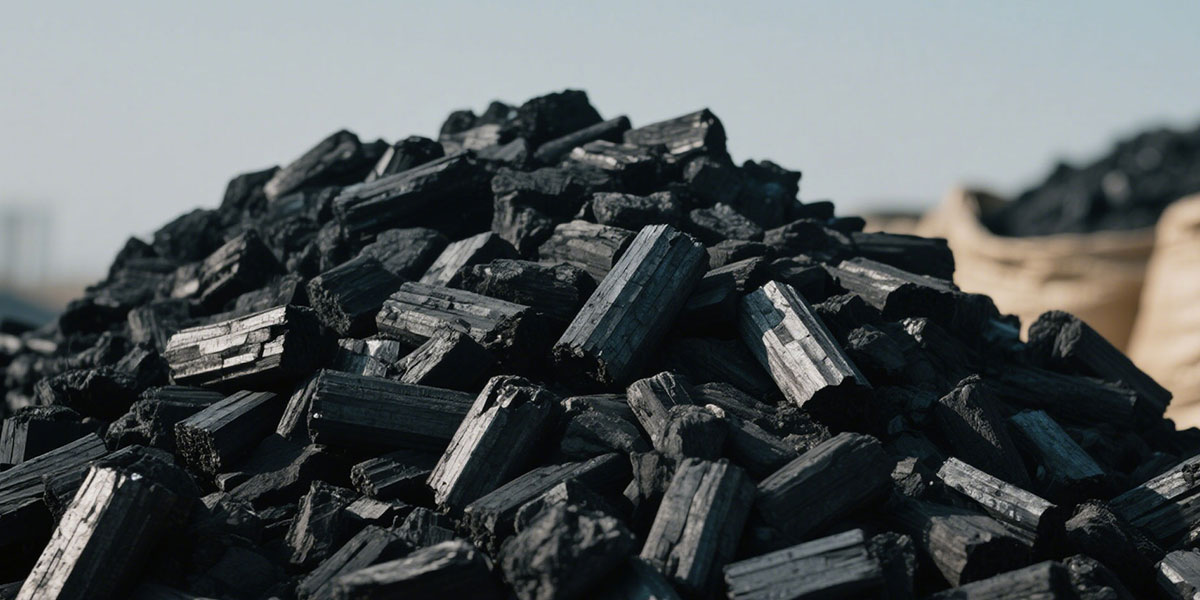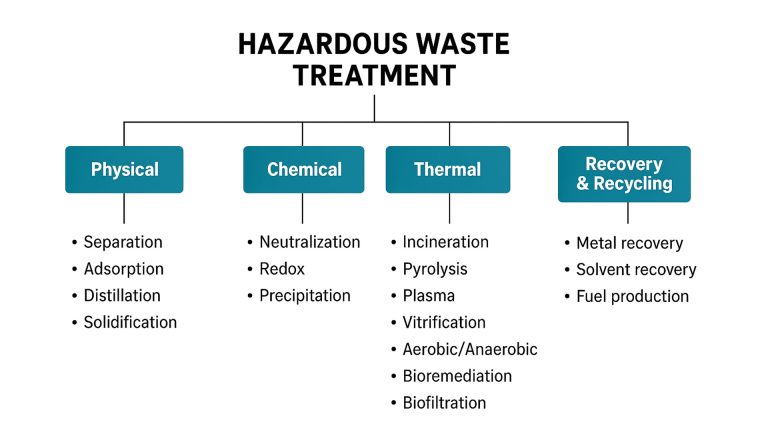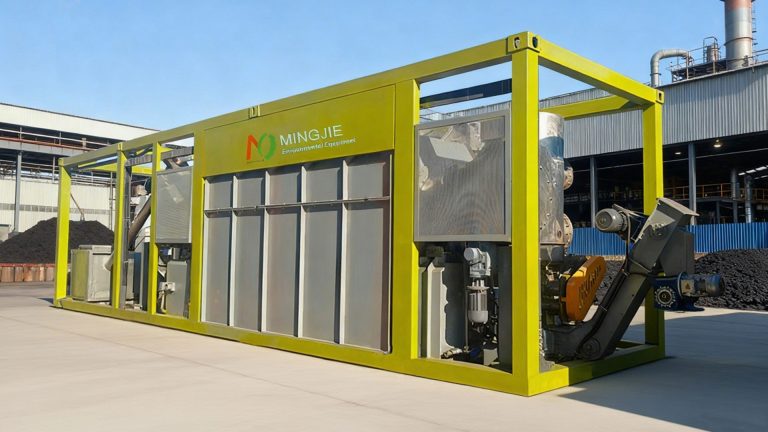Biomass pyrolysis carbonization is an important process for converting biomass waste into biochar. Due to the differences in chemical composition and physical structure of various types of biomass, their pyrolysis carbonization processes and bio charcoal product characteristics are also different.
The following details the differences in pyrolysis carbonization of different biomass from the aspects of raw material characteristics, pyrolysis conditions, and product characteristics.
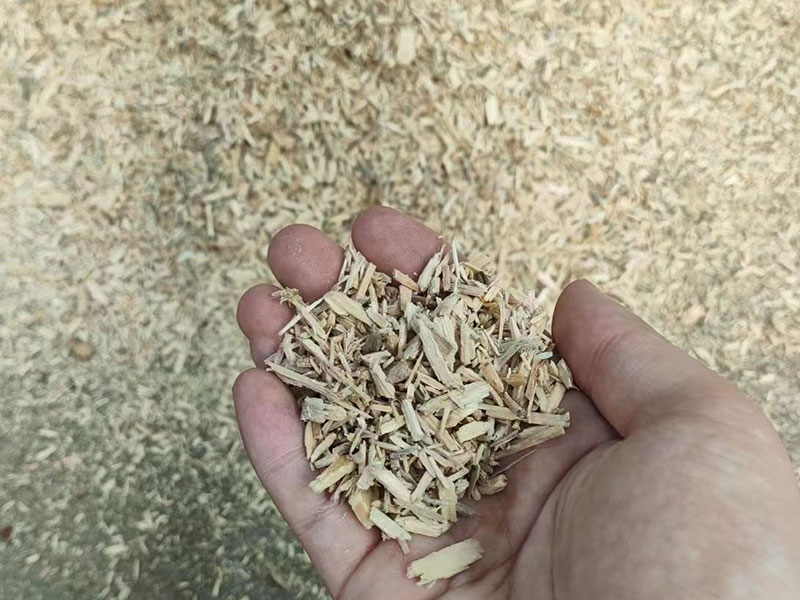
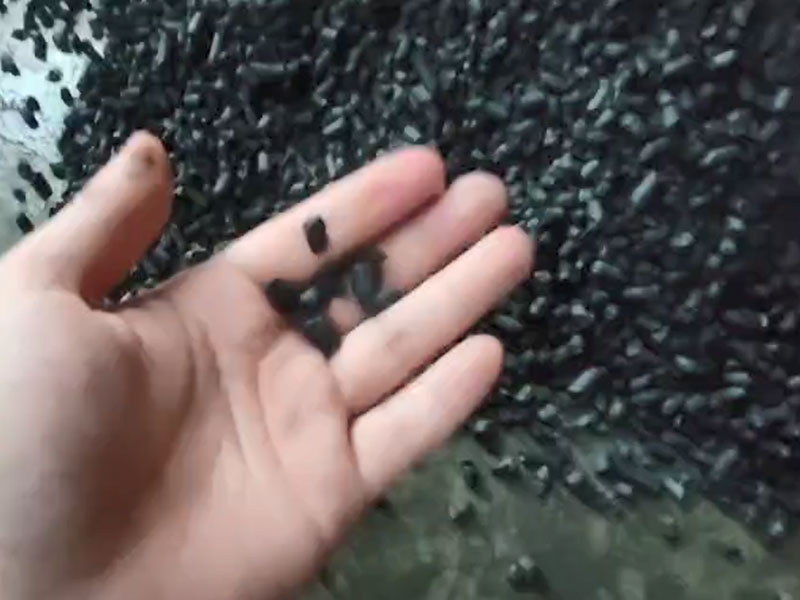
Effect of Biomass Raw Materials on Pyrolysis Carbonization
Agricultural Waste Pyrolysis Carbonization
Agricultural waste (straw, rice husk) is rich in cellulose and hemicellulose. Its pyrolysis process and products have unique properties and show great application potential in agriculture, energy, environmental protection and other fields. These products mainly include biochar, bio-oil and pyrolysis gas.
The cellulose content of straw is about 30% – 45%, hemicellulose is about 20% – 35%, and lignin is about 15% – 25%. This type of biomass has a relatively loose texture and high reaction activity during pyrolysis. Their pyrolysis temperature is low, and the pyrolysis carbonization process can generally be completed well at 350 – 550℃.
Rice husk contains more ash (about 15% – 20%). After the pyrolysis carbonization of biomass, the silicon content in the obtained biochar is higher. Rice husk charcoal has unique physical and chemical properties, such as high hardness and wear resistance.
The bio-oil produced by agricultural waste pyrolysis contains high levels of compounds, such as sugars and organic acids. Pyrolysis gas is mainly composed of combustible gases, such as carbon monoxide, hydrogen, and methane. During high temperature pyrolysis, the hydrogen content is relatively high.
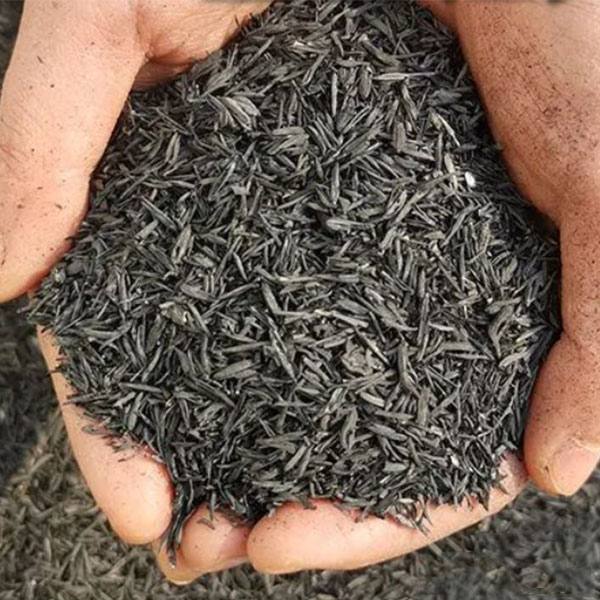
Agricultural Biomass Charcoal
The biochar from agricultural waste pyrolysis has a rich pore structure and a specific surface area of 10-100m²/g. This developed pore structure gives it good adsorption properties. Biochar can absorb harmful substances such as heavy metal ions and pesticide residues in the soil, reducing their harm to crops. At the same time, it can also improve the aeration and water retention of the soil, creating a good soil environment for the growth of crops.
In terms of sewage treatment, biochar can be used as an adsorbent to remove organic pollutants and some inorganic ions in sewage to achieve the purpose of purifying water quality.
In addition, biochar from agricultural waste also contains a certain amount of mineral elements. After being applied to the soil, it can slowly release nutrients, improve soil fertility, and promote crop growth.
Pyrolysis Carbonization of Forestry Waste
The lignin content of forestry waste such as branches and sawdust is relatively high, generally 25% – 35%. The cellulose and hemicellulose contents are about 40% – 50% and 15% – 25% respectively. The stable structure of lignin requires a higher temperature for pyrolysis and carbonization of forestry waste, usually 500 – 700℃, and the reaction rate is relatively slow.
But it is precisely because of the presence of lignin that the biochar has a high degree of aromatization and stability, and the carbon content can reach 70% – 80%. Charcoal can exist stably for a long time in soil improvement and continue to play a role.
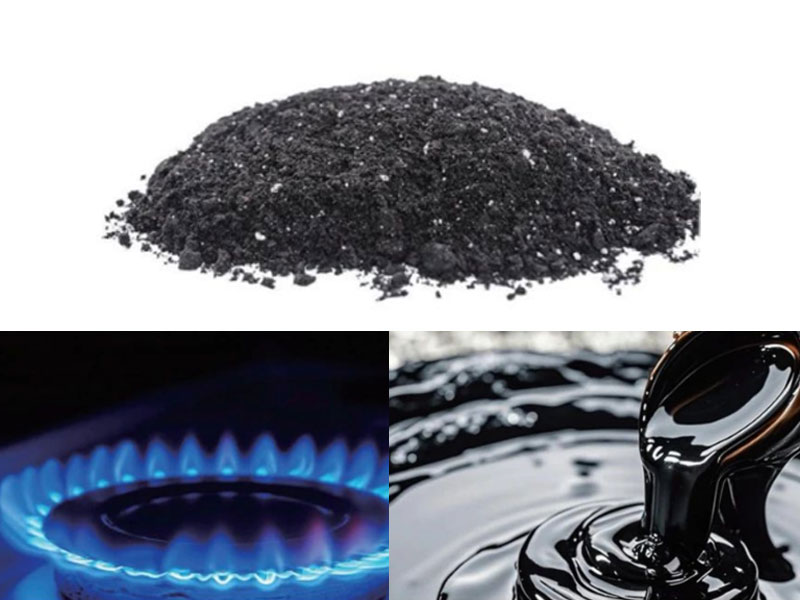
The bio-oil produced by forestry waste pyrolysis is rich in phenolic compounds. The main components of pyrolysis gas include carbon monoxide, hydrogen, methane, etc. The content of carbon monoxide and methane is relatively high.
Forestry Waste Bio Charcoal
The pyrolysis products of forestry waste include biochar, bio-oil and syngas.
The bio charcoal produced by forestry waste pyrolysis has a high degree of aromatization and stability. This is because lignin forms a stable aromatic structure during the pyrolysis process, which makes the carbon content of biochar reach 70% – 80%.
The high carbon content gives biochar good chemical stability, which can be stable for a long time in soil improvement, continuously improve soil structure, and increase soil water and fertilizer retention capacity.
At the same time, forestry waste biochar has high mechanical strength. In the field of industrial adsorption, it can be used to adsorb heavy metal ions, organic pollutants, etc. In the field of energy storage, it has potential applications such as electrode materials. In addition, forestry waste biochar also has a rich pore structure, which can provide a habitat for microorganisms and promote soil microbial activity.

